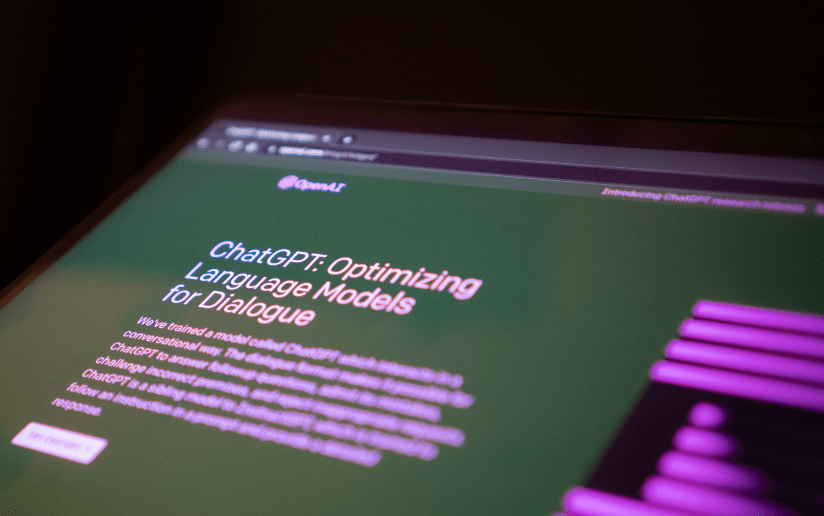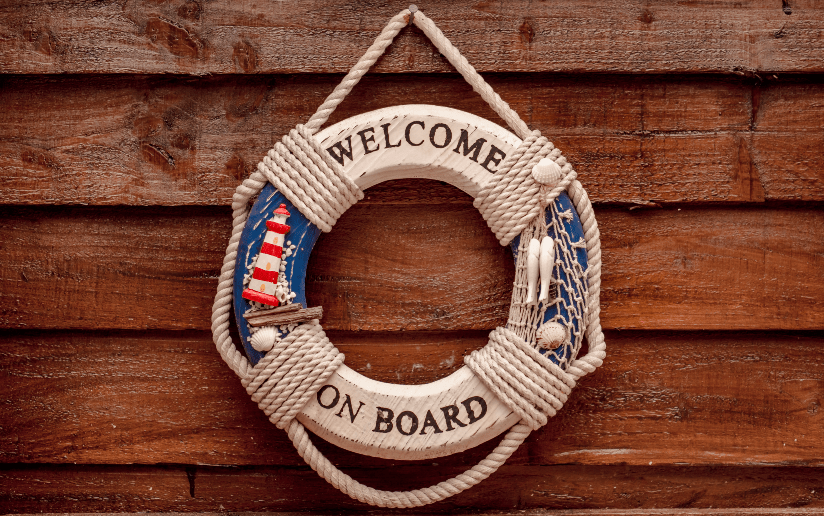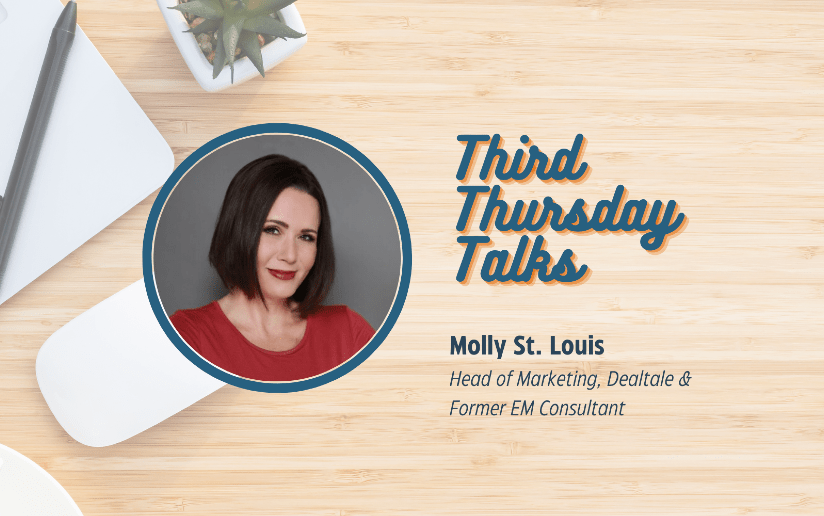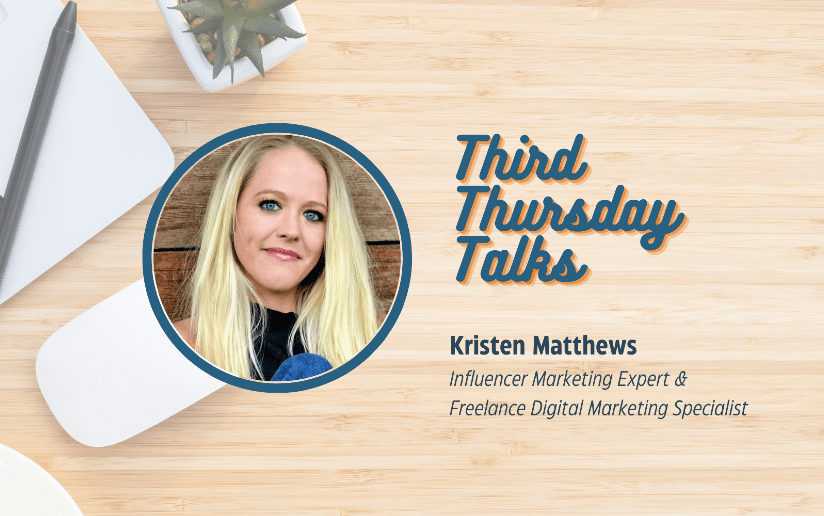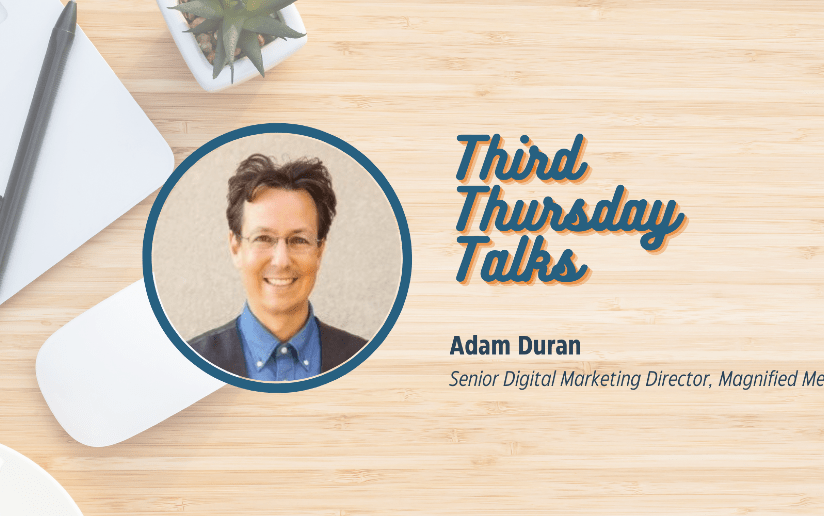
Consulting Resume Tips: How to Reflect the Transition from Full Time Employment
Making the transition into consulting can be daunting, especially when it comes to updating your resume. But don’t worry – EM Marketing has got you covered with some tips to help you make the shift and stand out as a consultant.
Shifting Your Mindset
First off, it’s important to shift your thinking from a job-seeker looking for employment to an independent business looking for clients. This may mean transitioning from a chronological format to a more functional or combination resume format that highlights your specific skills and project examples. It’s also helpful to tell your story and what makes you a unique and skilled consultant well-suited for the particular client and project.
You may need several versions of your resume, as it should be tailored to the type of client work you’re seeking. Here are some things to consider:
- De-emphasize titles. Many consultants lose out on a potential gig because the client thinks they’re too high-level or won’t want to get their hands dirty with work. Moreover, some consultants don’t use titles anymore — they simply say what their role was, e.g., “Product Management: managed two product lines and brought three new products to market.”
- List individual projects and clients. If you have a consulting experience section, potential clients will want to know with whom and on what you’ve previously worked. If you don’t have a list of clients yet, do a small or short-term project or volunteer work that shows you’re on a new path. If you’re using a chronological resume format, be sure to distinguish contract roles from full-time work.
- Highlight examples of experiences at the top. To bring your resume more to life, add a few specific, relevant accomplishments. It’s important to show that you are self-directed and are able to manage complex projects.
- List key skills at the top. Many hiring managers search for this. For marketing consultants, this may be Lead Generation, Content Marketing, Data Analytics, Social Media, etc.
- Tell a bit of your personal story. In a sea of resumes, how do you stand out from others? Add a little flavor by demonstrating who you are. Briefly explain why you’re transitioning into consulting. You may like to list non-work related things you participate in, such as volunteering or coaching.
Optimize Your Online Presence
Resumes aren’t the only way to showcase your skills and experience. In fact, many consultants focus on their online presence instead. This can include optimizing your LinkedIn profile:
- Upload a professional and friendly photo. Many profiles are overlooked simply because the user did not upload a picture; it adds a personal touch and helps familiarize the viewer with who you are.
- Include a headline that calls attention to the work you do or the work you’re looking to find.
- Promote yourself through your summary. This is a great chance to tell your story about why you’ve made the switch to consulting and to detail the kinds of projects you’re interested in. You can also make it easy for recruiters to scan a list of your skills, certifications, tools, and other specialities.
- Include contact information. Let people know how they can get in touch with you, or link them to your website or online portfolio.
You may also want to consider other forms of displaying your talents, such as a dedicated website showcasing online portfolios or short slide decks with project examples and client testimonials.
It’s Not a Job, It’s a Partnership
Remember, as a consultant, you’re not going in for a job interview – you’re making the case for a partnership. The more impactful and polished your overall presence, the more credible and approachable you become. While resumes can still be helpful, they don’t have to be as stuffy and traditional. By tailoring your approach to the specific client work you’re seeking, highlighting specific examples of success, and showcasing your unique story, you’ll be well on your way to landing your next consulting gig.




